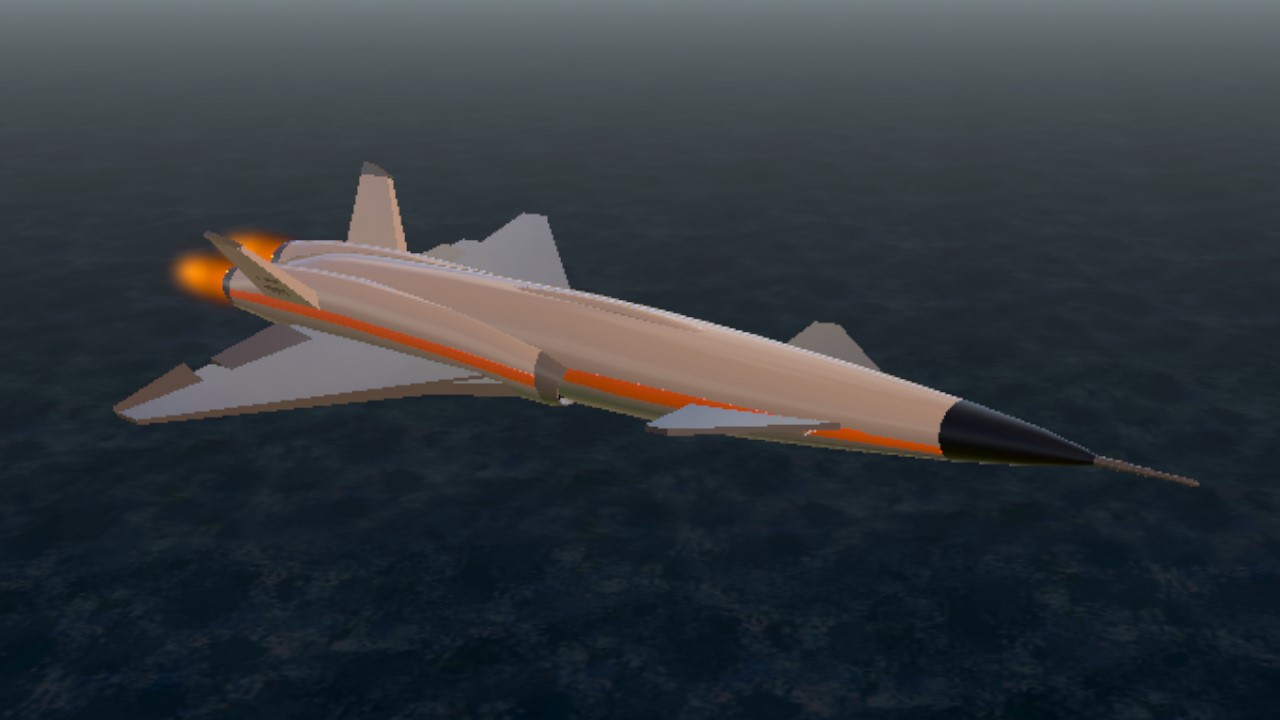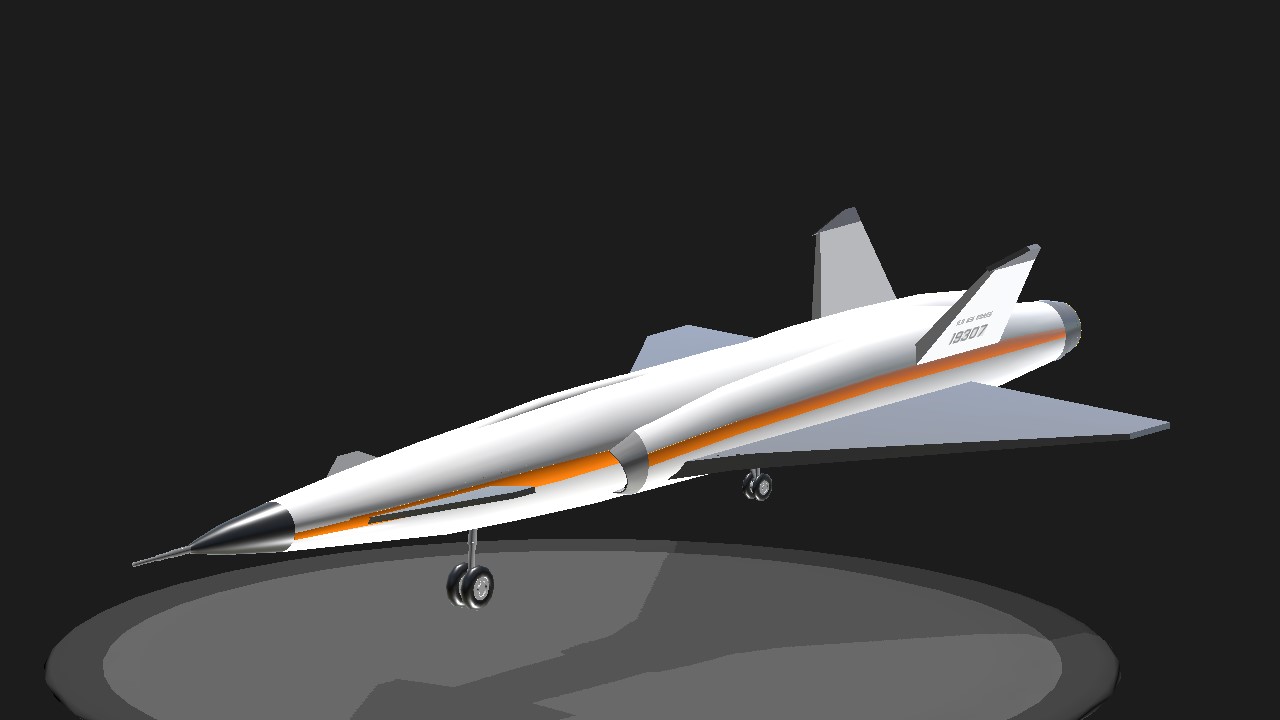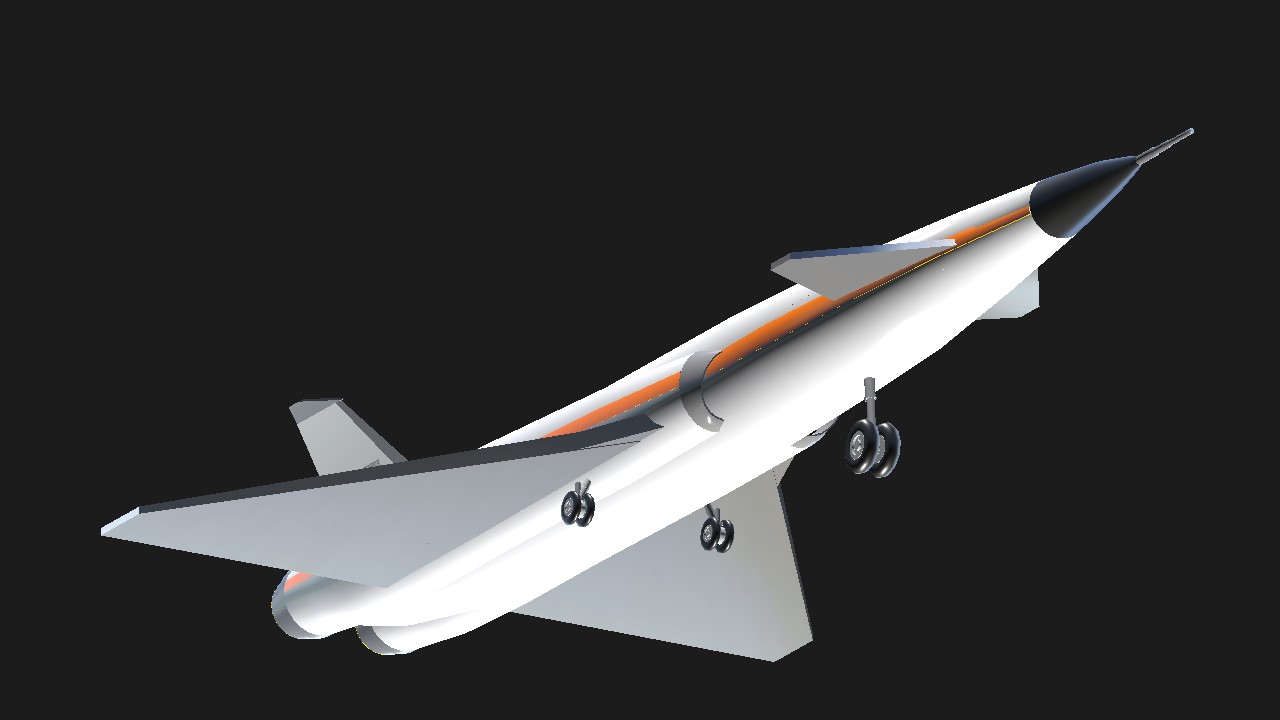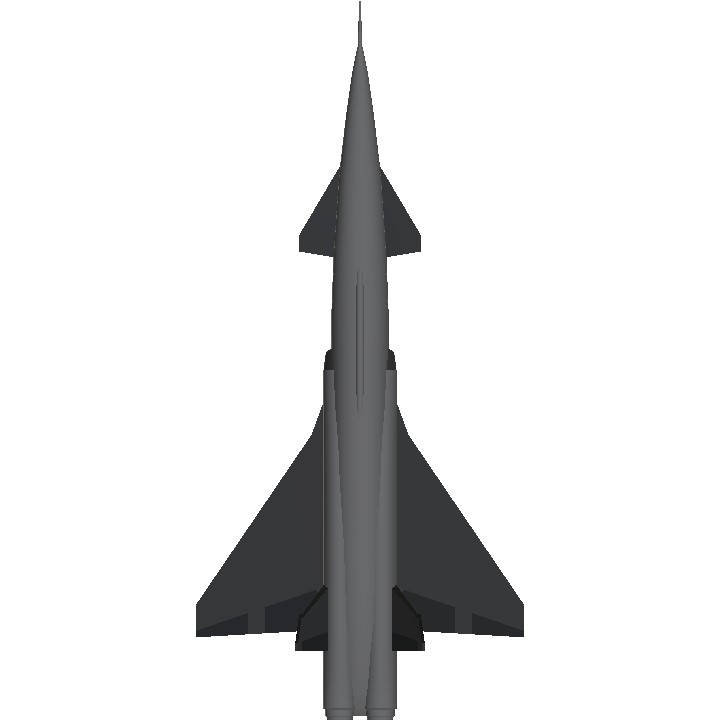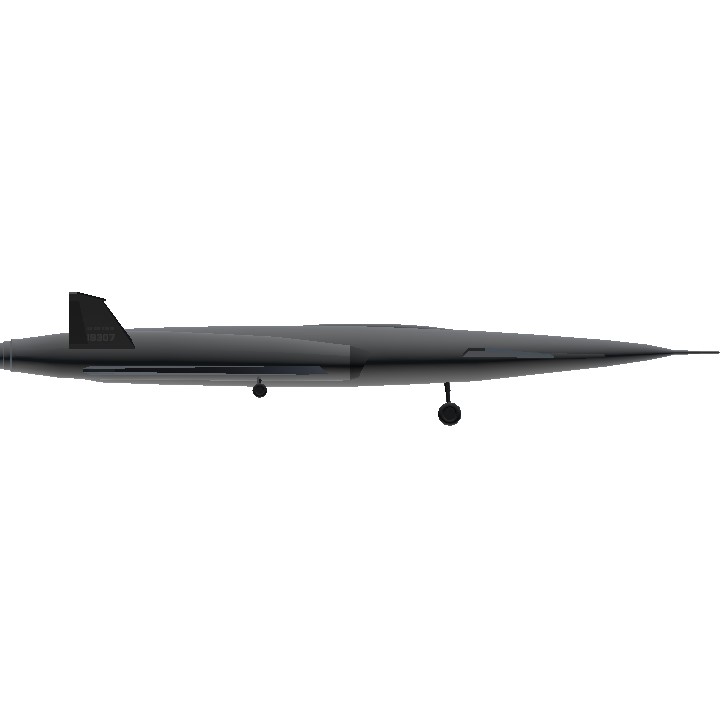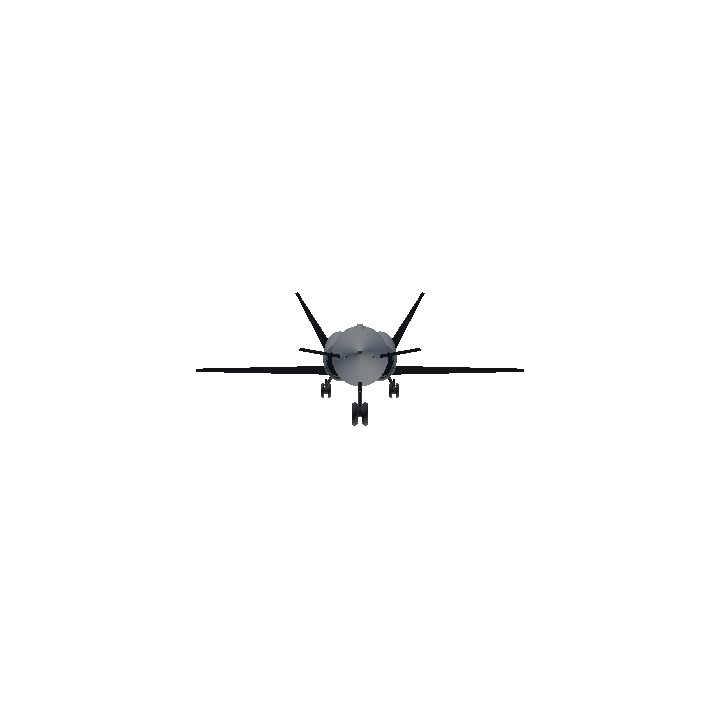The North American X-10 (originally designated RTV-A-5) is an unmanned technology demonstrator developed by North American Aviation. It was a subscale reusable design that included many of the design features of the SM-64 Navaho missile. The X-10 was similar to the development of the Bell X-9 Shrike project, which was based on features of the GAM-63 RASCAL.
operational history
At the time it entered service, the X-10 was one of the fastest turbojet-powered aircraft flown. From 1953 to 1955 a total of five X-10s flew 15 flights at Edwards AFB. There it reached a maximum flight speed of Mach 1.84, flew a distance of 400 mi (644 km), and reached an altitude of 41,000 feet (12,000 m). These were performance levels superior to nearly all manned turbojet aircraft (the exception being the YF-104 Starfighter). In 1955 the program moved to Cape Canaveral, Florida, to complete the test program. Here a new set of six X-10 vehicles completed the testing of the N-6 inertial navigation system at supersonic speeds, reach 49,000 feet (15,000 m) altitude, a total flight distance of 627 mi (1,009 km) and a peak speed of Mach 2.05
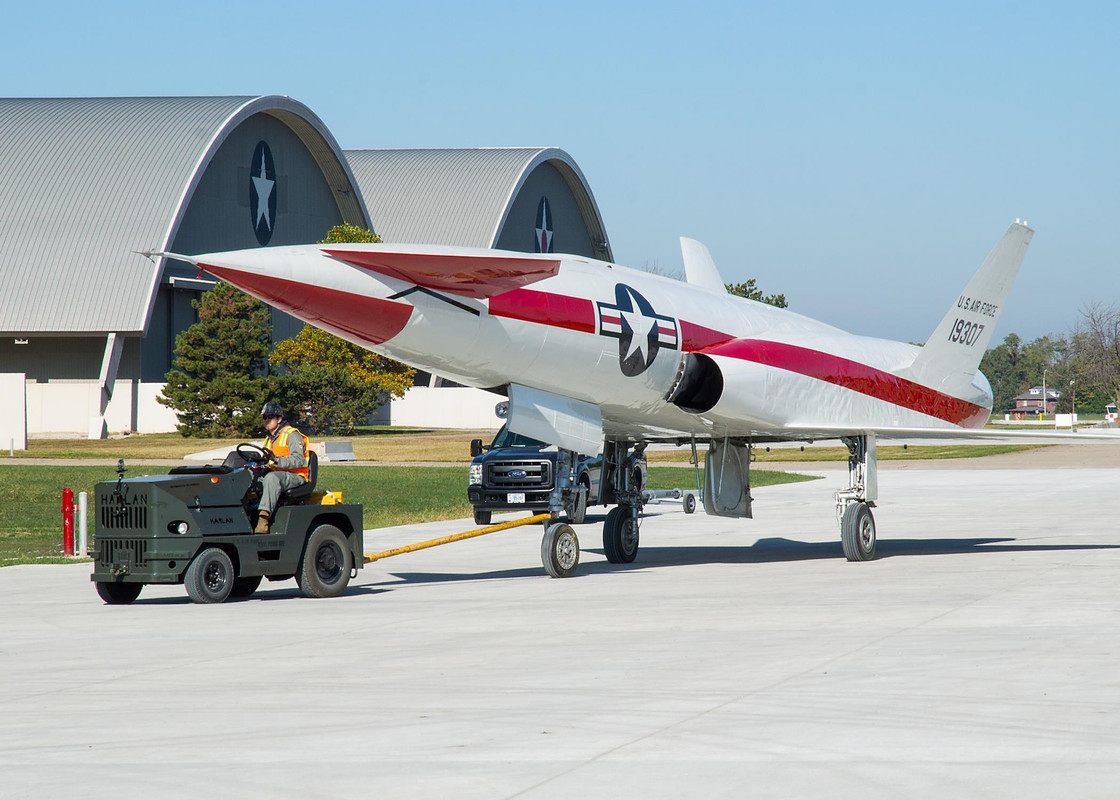
Disposition
Of all the X-10s built, only one survived the test program: serial 51-9307, the first X-10 to fly. Of the other four aircraft that flew at Edwards AFB, one exploded on takeoff, one was lost in flight, and the remaining two were destroyed in landing accidents. As for the vehicles flown at Cape Canaveral, three were expended in planned dive-in flights against Grand Bahama Island, and two were lost in landing accidents.
In 1958, the remaining three Cape Canaveral X-10s were selected for use as high speed targets for the BOMARC surface-to-air missile. The plan was to recover and reuse the X-10, not to have them shot down by the BOMARC. None of these vehicles completed their target flight: two were lost when landing and the third suffered a mechanical problem forcing it to be flown into the Atlantic
Specifications
General Characteristics
- Created On Android
- Wingspan 32.9ft (10.0m)
- Length 72.7ft (22.2m)
- Height 13.4ft (4.1m)
- Empty Weight 23,053lbs (10,456kg)
- Loaded Weight 39,898lbs (18,097kg)
Performance
- Power/Weight Ratio 0.563
- Wing Loading 40.0lbs/ft2 (195.2kg/m2)
- Wing Area 998.0ft2 (92.7m2)
- Drag Points 3190
Parts
- Number of Parts 101
- Control Surfaces 6
- Performance Cost 468

